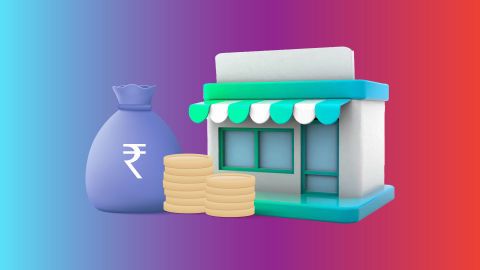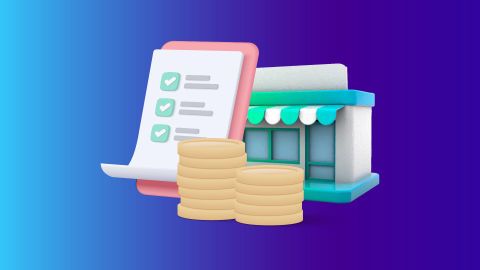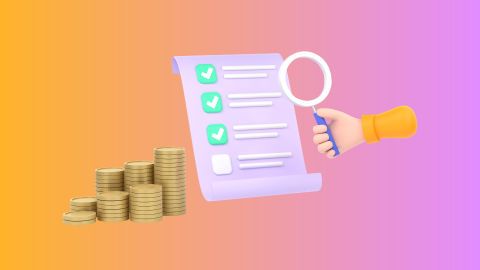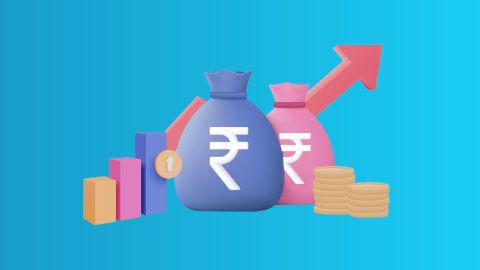Core principles of the lean startup
- The Build-Measure-Learn Feedback Loop: This is the core of the Lean Startup. The process is to turn ideas into products (Build), see how customers react (Measure), and then decide whether to change direction or continue (Learn). Moving quickly through this loop is essential.
- Minimum Viable Product (MVP): An MVP isn’t a half-finished product. It is a tool to learn quickly, containing just enough key features to attract early users and test a product idea early in development.
- Validated Learning: Success is measured by the learning gained about customers and the market, not by how many features are added. The focus is on solving real problems rather than just creating products.
- Innovation Accounting: Instead of vanity metrics like total downloads, Lean Startups track meaningful metrics that show cause and effect, such as activation rate or retention by user cohort. This helps make careful decisions about whether to pivot or persevere.
- Pivot or Persevere: Using validated learning, a startup decides whether to make a major change in strategy (Pivot) or continue improving the current approach (Persevere). Examples of pivots include changing the target customer, core product feature, or the whole business model.
Benefits of the lean startup
The lean startup methodology offers several compelling benefits that can significantly impact the efficiency and success rate of new ventures. Here are some of the key advantages:
- Cost efficiency: By focusing on developing a minimum viable product (MVP) and iterating based on feedback, lean startups can avoid the high costs associated with developing features that do not meet market needs.
- Enhanced adaptability: Rapid iterations and constant feedback loops allow these startups to pivot quickly in response to changing market demands or customer preferences, staying more relevant and competitive.
- Faster time to market: Lean startups can bring their products to market more quickly because they focus on the core functionalities needed by early adopters, rather than perfecting a full-featured product at launch.
- Increased customer focus: Direct customer feedback is integral to the product development process, ensuring that the product evolves according to actual user needs and preferences, thus increasing the likelihood of product-market fit.
- Data-driven decisions: Emphasis on metrics and feedback helps in making informed decisions that are based on user behaviour and empirical data rather than assumptions and speculation.
Check your pre-approved business loan offer to access quick funding and support your lean startup model from the start.
These benefits combine to reduce the risks and resources needed in launching and scaling a new business, making the lean startup approach especially attractive in today's fast-paced business environment.
Requirements for lean startup
Adopting a lean startup methodology requires several foundational elements to effectively navigate the process of building a business under conditions of extreme uncertainty. Here are the essential requirements:
- Focus on validated learning: Startups need to prioritise learning over optimisation to validate their business hypotheses efficiently, which involves setting up experiments to test assumptions.
- Develop a minimum viable product (MVP): The creation of an MVP is crucial. It allows startups to launch quickly with a basic version of their product to begin the cycle of feedback and iteration.
- Customer feedback integration: Continuous collection of customer feedback is necessary to inform the ongoing development and refinement of the product.
- Agile development practices: Adopting flexible and iterative development processes helps in quickly adapting to customer needs and changing market conditions.
- Use of key performance indicators (KPIs): Lean startups must identify and measure KPIs that accurately reflect the success of their product in the marketplace to guide decisions.
- Strong team communication: Effective communication within the team is vital for quickly sharing insights and making rapid decisions based on new learning.
Additionally, to support these efforts, many entrepreneurs explore startup business loans as a financial resource to fund product development, marketing, and operational costs during these early stages.
These requirements foster a culture of innovation and flexibility, which is essential for lean startups aiming to succeed in dynamic market environments.
Example of lean startup
A classic example of a lean startup is Dropbox, the file storage and sharing service. In its early stages, Dropbox employed a lean startup methodology by creating a simple explainer video instead of a fully developed product. This video outlined the product's intended functionality and was presented to potential users to gauge interest and gather feedback. The enthusiastic response confirmed a market need, leading Dropbox to proceed with further development. This approach minimised initial costs and validated the concept before large investments were made, demonstrating the power of building a minimum viable product (MVP) and iterating based on real-world user input.
Lean startup vs. traditional startup approaches
Feature
|
Lean Startup Approach
|
Traditional Business Approach
|
Core Philosophy
|
Learn by doing. Rapid experimentation and validated learning.
|
Plan before acting. Heavy upfront planning and forecasting.
|
Product Development
|
Iterative: Build an MVP, test, learn, and improve in cycles.
|
Linear (Waterfall): Long development to launch a "perfect" product.
|
Customer Involvement
|
Central and continuous: Customer feedback guides development from day one.
|
Limited: Market research at the start; major feedback mostly after launch.
|
Risk Profile
|
Managed and spread out: Test assumptions early to reduce risk of major failure.
|
High and concentrated: Large investment upfront; risk mainly at launch.
|
Resource Allocation
|
Efficient and flexible: Money spent on learning and validated growth.
|
Large upfront investment: Significant capital needed before market validation.
|
Success Metric
|
Validated learning and pivot/persevere decisions.
|
Following the original business plan and ROI.
|
Ideal For
|
Uncertain markets (new technology, new markets, disruptive ideas).
|
Established markets with predictable demand and known business models.
|
Main characteristics of a lean startup
Lean startups are distinguished by a set of core characteristics that define their approach to launching and growing in today's dynamic business environment. Here are the main features:
- Customer-centric development: Lean startups prioritise customer feedback, allowing them to create products that truly meet market demands through iterative testing and development.
- Minimum viable product (MVP): They focus on quickly developing an MVP to start the learning cycle, avoiding extensive features until market fit is proven.
- Validated learning: Each step in the development process is aimed at learning what customers really want, minimising the amount of time spent on unproductive directions.
- Flexible product development: Adapting to customer needs and market changes is a continuous process, and lean startups excel at pivoting their strategies based on this feedback.
- Data-driven decisions: Decisions are heavily based on data from market testing rather than conjecture or preconceived notions about what the market wants.
- Build-measure-learn loop: This fundamental feedback loop involves building out ideas, measuring customer reactions and behaviours, and learning whether to pivot or persevere in the current direction.
To fuel these adaptive strategies, startups often seek a secured business loan to access the necessary funds while managing risk effectively.
These characteristics help lean startups reduce risks and avoid the inefficiencies associated with traditional product launches and market entry strategies.
How to implement the lean startup
- Step 1: Define Your Core Hypotheses – Clearly state your value hypothesis (does the product provide real value to customers?) and growth hypothesis (how will the business attract and keep customers?).
- Step 2: Build Your Minimum Viable Product (MVP) – Create the simplest version of your product that can test your core value hypothesis. This could be a landing page, a demo video (like Dropbox’s early explainer), a concierge service, or a basic software prototype.
- Step 3: Measure with Actionable Metrics – Release your MVP to a small, targeted audience. Track important behaviours using cohort analysis and focus on key metrics such as engagement, retention, and conversion.
- Step 4: Learn and Decide: Pivot or Persevere – Analyse the results. If your hypothesis is not validated, make a structured pivot. If it is validated, persevere and test the next riskiest assumption.
- Step 5: Iterate and Scale – Repeat the loop. As hypotheses are validated, gradually add features and resources. Use innovation accounting to determine when growth is sustainable and the business is ready to scale.
Conclusion
The lean startup methodology offers a pragmatic, cost-effective approach to launching a new business by emphasising rapid prototyping, continuous feedback, and iterative learning. This strategy reduces the risk and expense typically associated with starting a new venture. It encourages startups to innovate more swiftly and respond to market demands more effectively. For entrepreneurs considering this method, securing a business loan can provide the initial capital required to jump-start your lean startup journey, empowering you to focus on growth and customer satisfaction. When exploring financing options, it’s important to compare the business loan interest rate to ensure you select the most affordable and flexible solution for your startup’s needs.
Helpful resources and tips for business loan borrowers






